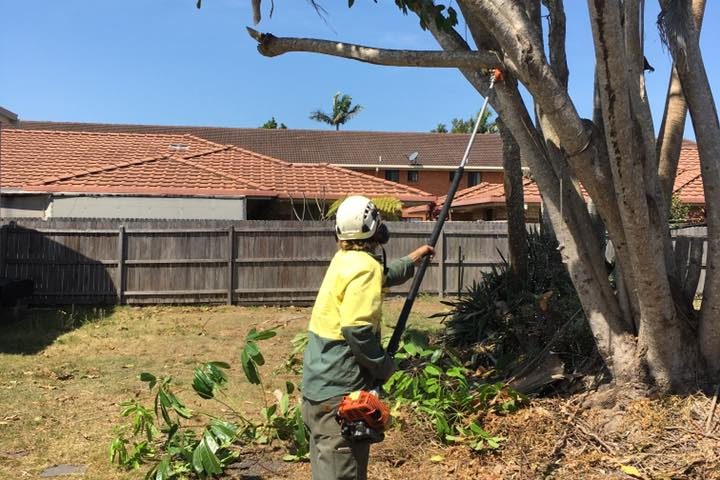Trees add beauty, shade, and value to any landscape. However, they are also susceptible to diseases, infestations, and natural decay. These conditions can turn a healthy tree into a potential risk. Managing tree hazards and risks is an important aspect of maintaining a safe and appealing environment. In this blog, we’ll discuss various aspects of tree hazards and the role of certified arborists in effectively managing these risks.
Identifying Tree Hazards: The First Step in Risk Management
Identifying tree hazards is foundational to effective risk management. This process involves the careful evaluation of each tree for signs of potential risks such as dead branches, rotting trunks, or leaning trees. Arborists are equipped to carry out this task. Utilising a structured approach, they meticulously examine each tree for symptoms of decay, discolouration or any other abnormal signs that could signal a potential hazard. This initial identification serves as the basis for all subsequent steps and helps property owners understand what measures need to be taken to mitigate risks effectively.
The Role of Soil Analysis in Tree Stability
- Understanding Soil Composition: Soil analysis allows for an in-depth understanding of the type and quality of soil where the tree is planted.
- Informed Fertilisation Decisions: With insights from soil analysis, decisions about fertilisation become more accurate, ensuring the tree receives the nutrients it needs.
- Optimal Irrigation: Soil conditions dictate how much and how often trees need to be watered, affecting their health and stability.
- Relocation of Trees: Sometimes, the soil conditions may not be favourable for a tree and relocating it might be the best option. Soil analysis helps in making this decision.
Tree Maintenance: Implementing Corrective Measures
Corrective measures such as pruning are often the next steps in mitigating tree risks. Pruning involves the selective removal of branches to improve the tree’s structure, health and appearance. It helps improve the tree’s overall health and reduces the likelihood of branches breaking off or the tree falling.
Emergency Tree Removal: When There’s No Other Option
- Safety First: When a tree poses an immediate threat to people or property, emergency removal becomes a necessary step.
- Methodology: The removal process is initiated by evaluating the tree and surrounding areas to ensure a safe and efficient operation.
- Local Guidelines: Compliance with local rules and regulations is always maintained during the removal process to avoid any legal complications.
Post-Removal Land Management
- Stump Grinding: After tree removal, stump grinding is often undertaken to level the ground and make it safe for other uses.
- Replanting: Where appropriate, new trees may be planted to maintain the aesthetic value of the landscape.
- Soil Rehabilitation: The soil may also require treatment to prepare it for future planting or other land use.
Contact Our Arborists for Tree Management Services in Ballina
At Summerland Tree Services, we offer a range of tree management services to help you maintain safe and beautiful landscapes. With proper equipment and techniques, our team can safely remove potentially hazardous trees from your property. Contact us today to discuss your requirements.

